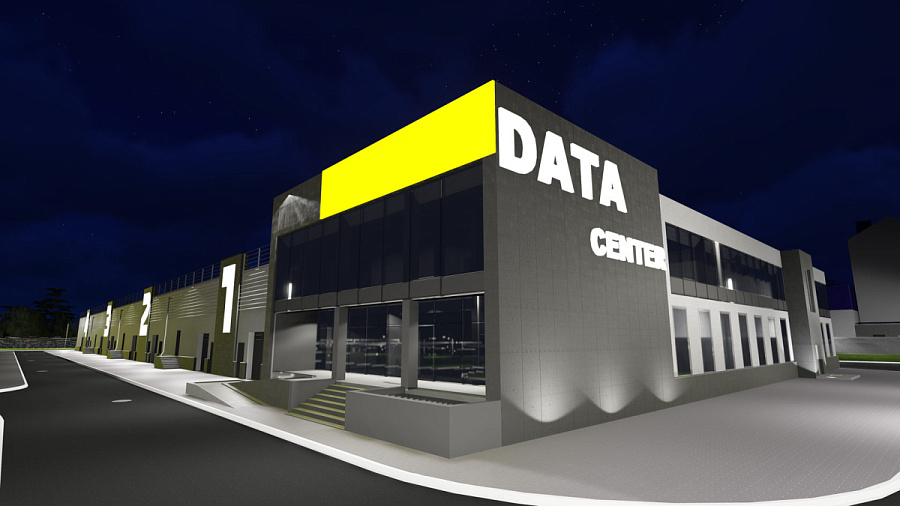Integrating BIM for Sustainable Architecture Solutions
Building Information Modeling (BIM) is a digital representation of the physical and functional characteristics of a facility. But it's more than just a 3D model; it's a comprehensive workflow that integrates data and processes throughout the lifecycle of a building. From concept to demolition, BIM ensures that every aspect of a project is coordinated and sustainable.
The Role of BIM in AEC
In architecture, engineering, and construction, BIM serves as a collaborative platform. It unites architects, engineers, contractors, and stakeholders by providing a shared vision of a project. This unity fosters transparent communication and reduces errors, ensuring a more efficient and sustainable build.
BIM Workflow and Its Impact
The BIM workflow is designed to streamline project management. By digitizing information, BIM allows for real-time updates and modifications. This agility means that any changes in design or materials can be quickly assessed for their environmental impact, cost, and structural integrity. The result is a more adaptive and responsive building process.
Benefits of BIM Design for Sustainability
BIM's integration into architecture offers several sustainability benefits. Here are some key advantages:
Enhanced Energy Efficiency
BIM allows architects to simulate and analyze building performance early in the design process. They can assess factors like energy consumption, natural lighting, and thermal comfort. This foresight enables the design of buildings that are not only energy-efficient but also comfortable for occupants.
Material Optimization
With BIM, project teams can explore different materials and construction methods. By understanding the lifecycle impact of materials, architects can make informed decisions that minimize waste and promote recycling.
Improved Site Planning
BIM's detailed models help architects consider the environmental impact of a building on its surroundings. They can plan site layouts that reduce soil erosion, manage water runoff, and preserve natural landscapes.
BIM Integration in Architectural Software

To fully leverage BIM, architects rely on robust architectural software. These tools provide the functionalities needed to create detailed and accurate models.
Popular BIM Software in Architecture
Some of the leading BIM software used in architecture includes Autodesk Revit, ArchiCAD, and Bentley Systems. These platforms offer features that support everything from initial design to facility management.
Seamless Collaboration
BIM software facilitates collaboration by allowing multiple users to work on a model simultaneously. This feature is crucial for large projects where architects, engineers, and contractors must coordinate efforts to meet sustainability goals.
Data Management and Analysis
BIM software is not just about creating models; it's a tool for managing data. It allows for the analysis of performance metrics, cost estimates, and environmental impact, providing a comprehensive view of a project’s sustainability.
Challenges and Future of BIM in Sustainable Architecture
While BIM offers numerous advantages for sustainable architecture, it also presents challenges. High initial costs, the need for skilled personnel, and the complexity of software can be barriers to implementation. However, as technology advances and the demand for sustainable solutions grows, BIM is poised to become an industry standard.
Overcoming Barriers
To overcome these challenges, the AEC industry must invest in training and education. By equipping professionals with the skills needed to utilize BIM effectively, the industry can unlock its full potential.
The Road Ahead
As BIM technology evolves, its capabilities will expand. Future developments may include enhanced virtual reality integration, more sophisticated data analysis tools, and greater automation in design processes. These advancements will further cement BIM's role in creating sustainable architecture solutions.
Conclusion
BIM is revolutionizing the architecture, engineering, and construction industries by providing a framework for sustainable design. Through enhanced collaboration, material optimization, and energy efficiency, BIM is paving the way for a greener future. By embracing this technology, architects can craft buildings that are not only beautiful and functional but also environmentally responsible. As we continue to face global environmental challenges, integrating BIM into sustainable architecture solutions will be more crucial than ever.
For our team, architecture and design engineering are tools for creating a comfortable space for a full life. By choosing us for design, you receive a comprehensive and effective solution to your challenges. We will consider all your requirements, the purpose of the project, and relevant regulatory and legislative standards.
Our BIM Services in Sustainable Architecture:- Area Development & Planning
- House Design
- Architectural 3D modeling
- Detailed Design
- Conceptual Design
- Facade Design
- Interior Design
- Visualisation & Animation






